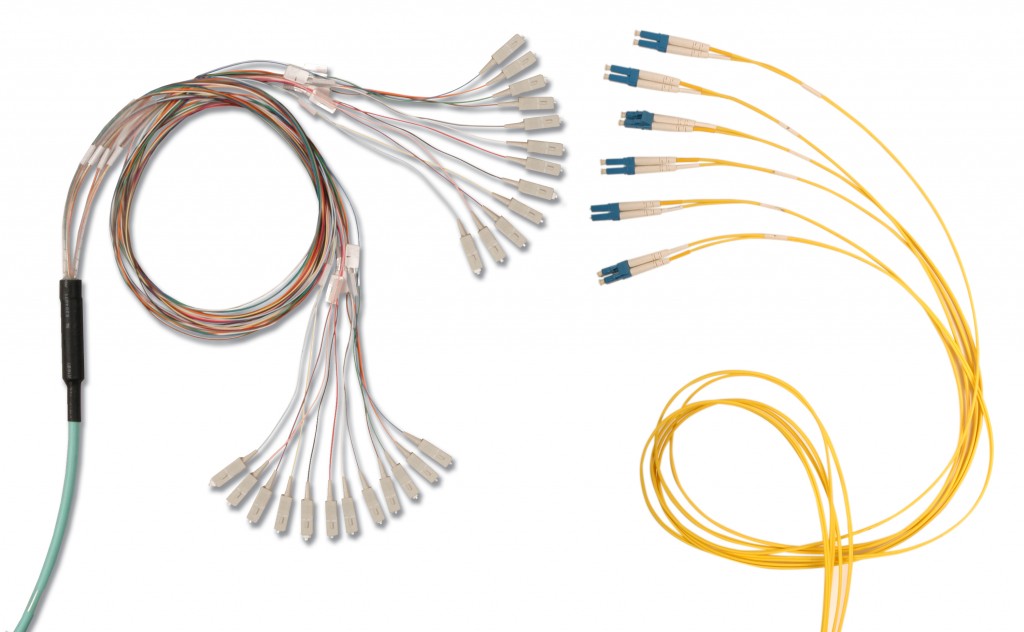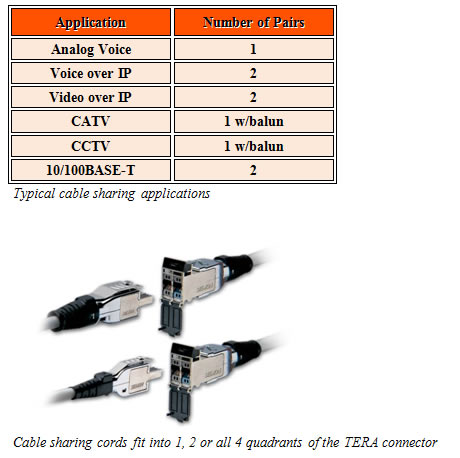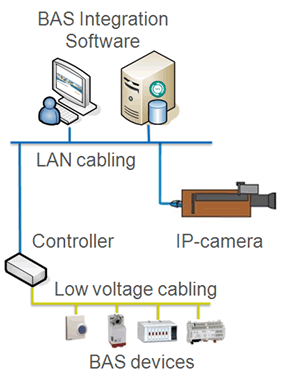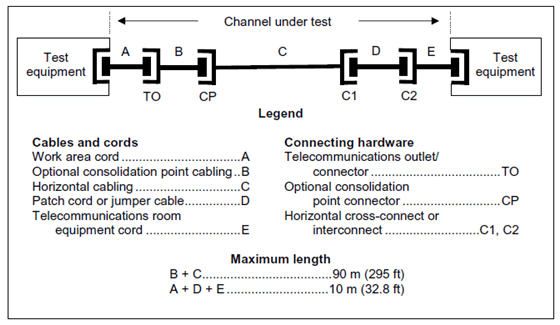Maximum space savings and air flow in the data center using reduced diameter RazorCore cables

Siemon expands its comprehensive line of fiber trunking solutions with XGLO RazorCore assemblies. Siemon’s RazorCore cables have a significantly reduced cable outside diameter (OD) for maximum space savings and air flow.

Siemon Razorcore fiber cable
Available in OM3 and OM4 laser-optimized multimode fiber and in singlemode fiber, XGLO RazorCore Assemblies provide an efficient, cost-effective alternative to individual field-terminated components. By combining the performance of factory termination with the reduced OD of Siemon’s RazorCore fiber, these new assemblies ensure both superior reliability and space utilization in data centers, Storage Area Networks (SANs) and Local Area Networks (LANs), while offering up to 75% faster deployment over traditional field termination. Compatible with all Siemon fiber enclosures, the new XGLO RazorCore assemblies feature an optional encapsulated protection sleeve with cable pulling eye to fully protect the fibers during installation.
“When selecting a fiber optic solution for our data centers, we wanted a solution that was fully scalable and allowed for the maximum density possible,” says customer Jean François Tremblay, Data Center Manager at Orange Business Services (a subsidiary of France Telecom), who recently installed XGLO RazorCore fiber trunking assemblies. “With Siemon’s reduced diameter RazorCore we were confident that the product could accommodate future growth both in space, due to the reductions in tray and pathway fill, and bandwidth, with the straight-forward upgrade path.”
“Siemon precision cable assemblies are 100% inspected for superior performance and enhance the installation method popular in today’s data centers. By expanding our offering with smaller-diameter RazorCore assemblies, our customers also obtain an average 50% size reduction compared to traditional assemblies,” says Kevin Stronkowsky, Fiber Optic Product Manager at Siemon. “This results in less cable tray fill, reduced pathway restrictions and better airflow—all of which support higher densities with improved efficiency and reduced cost.”
Warranted for 20 years, XGLO RazorCore Fiber Assemblies come with 900um simplex breakout, 2.0mm duplex breakout, simplex and duplex SC or LC connector types, as well as SC-LC hybrid options. The RoHS-compliant assemblies are available in a variety of jacket ratings, including Riser, Plenum and Low-Smoke, Zero Halogen. Available with 12, 24, 36 or 48 fiber counts, custom assemblies are easily created with Siemon’s flexible part number scheme to meet specific customer specifications and performance needs. Each XGLO RazorCore Assembly is designated for proper connector orientation, coded with a unique identification number and individually packaged with a dual shelf reel to protect connectivity during payout.
Learn more about XGLO RazorCore Fiber Trunking Assemblies.




 compliance cables and connectors provide significantly higher channel capacity than any other class or category of balanced cabling.
compliance cables and connectors provide significantly higher channel capacity than any other class or category of balanced cabling.